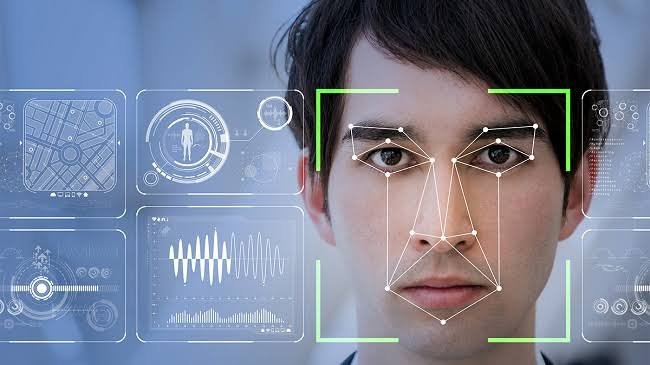In today’s rapidly evolving technological landscape, the realm of artificial intelligence (AI) image recognition stands out as a beacon of innovation and possibility. With its profound impact across various industries, understanding the intricacies and potential of AI image recognition is paramount. Let’s delve into the depths of this transformative technology to grasp its significance and applications.
1. Introduction to AI Image Recognition
AI image recognition, a subset of computer vision, involves training machines to interpret and understand visual data. Through sophisticated algorithms and deep learning techniques, these systems can analyze and classify images with remarkable accuracy.
2. The Importance of Computer Vision
Computer vision, the overarching field encompassing AI image recognition, plays a pivotal role in bridging the gap between human perception and machine intelligence. By mimicking the intricacies of human vision, these systems enable machines to comprehend and interact with the visual world.
3. Understanding Human Vision
- Biases in Human Vision
Human vision is inherently subjective, influenced by personal biases and learned experiences. Our brains prioritize certain visual stimuli based on past knowledge, leading to nuanced interpretations of images.
- Comparison with Computer Vision
While humans possess unparalleled cognitive abilities in visual processing, computer vision systems offer speed, consistency, and scalability. By breaking down complex visual tasks into manageable components, machines excel in tasks requiring repetitive analysis.
4. The Need for Image Recognition
The demand for image recognition stems from the necessity to automate repetitive visual tasks and enhance efficiency. By delegating mundane responsibilities to machines, organizations can streamline operations and mitigate errors.
5. Applications of Image Recognition
- Customer Emotion Recognition
In retail settings, AI image recognition can analyze customer facial expressions to gauge sentiment and tailor experiences accordingly.
- Public Threat Detection
Surveillance systems leverage image recognition to identify potential threats in crowded spaces, enhancing public safety.
- Compliance with Media Content Regulations
Media platforms employ image recognition to enforce content guidelines and detect inappropriate or prohibited material.
- Brand Safety Monitoring
Advertisers utilize image recognition to safeguard brand integrity by identifying unauthorized usage of logos or trademarks.
- Sports Training and Rehabilitation
Athletes benefit from AI image recognition in analyzing performance metrics and facilitating post-injury rehabilitation.
- Exam Control via Online Education Platforms
E-learning platforms integrate image recognition to ensure exam integrity and prevent academic dishonesty.
- Financial Fraud Detection
Financial institutions employ image recognition to detect fraudulent activities and safeguard against monetary losses.
- Medical Diagnostics
In the healthcare sector, AI image recognition aids in the interpretation of medical imaging scans, enabling early disease detection and accurate diagnosis.
6. How AI Image Recognition Works
- Role of Artificial Intelligence
Artificial neural networks form the backbone of AI image recognition, leveraging deep learning to analyze vast datasets and extract meaningful insights.
- Other Technologies in Image Recognition
While AI is predominant, alternative methodologies such as decision tree algorithms and Bayesian classifiers contribute to the broader landscape of image recognition.
- Deep Learning and Neural Networks
Deep learning algorithms enable machines to learn complex patterns and features from labeled data, empowering them to recognize similar patterns in new images.
Conclusion
AI image recognition represents a profound paradigm shift in how we perceive, interpret, and interact with visual information. By harnessing the formidable power of artificial intelligence, organizations can unlock unprecedented possibilities and propel innovation across diverse domains. This transformative technology not only revolutionizes traditional methods of visual analysis but also redefines the boundaries of what machines can achieve in understanding and responding to the visual world.





















